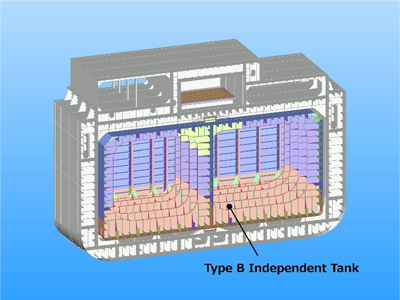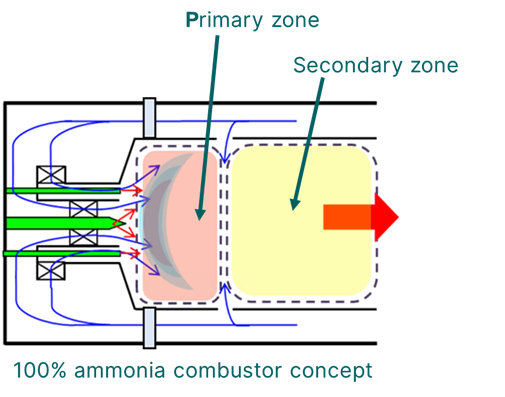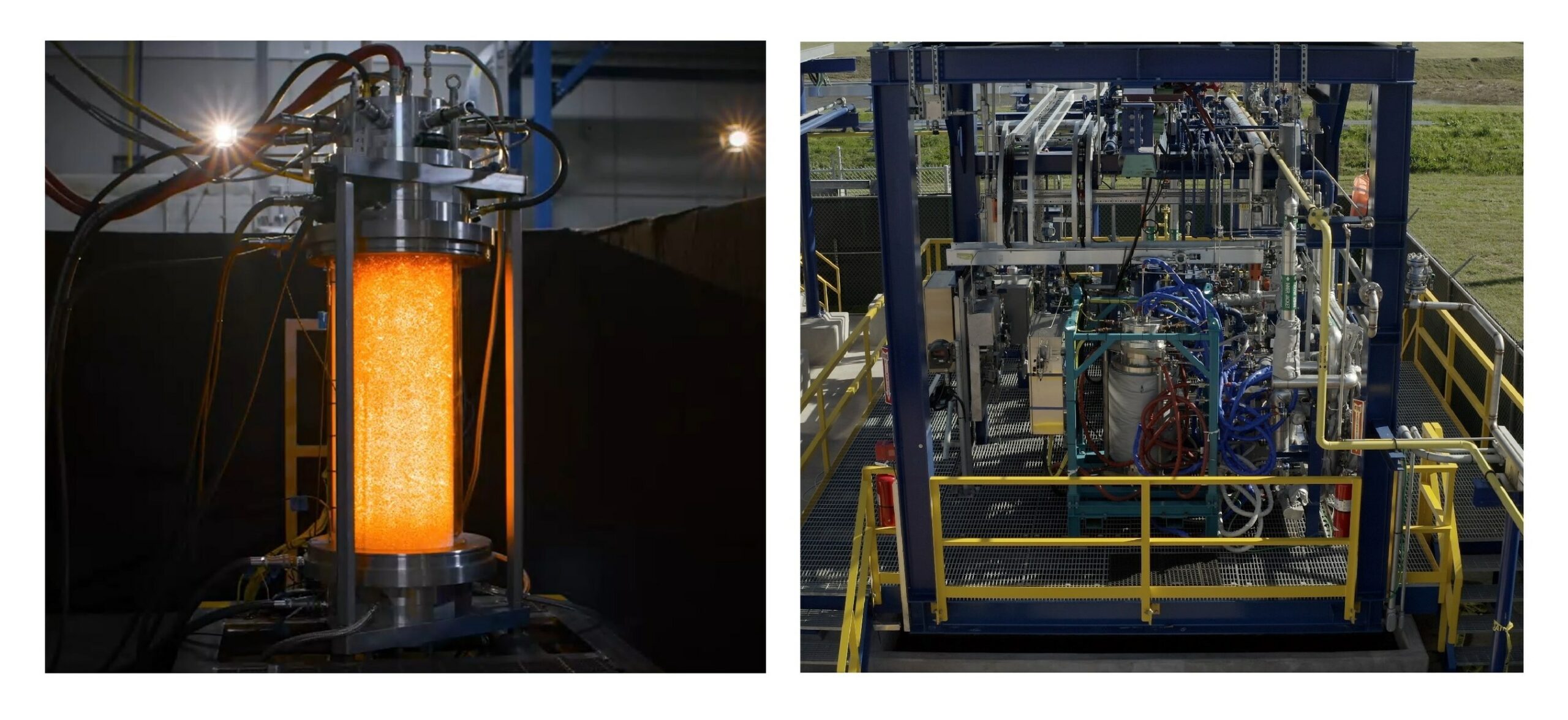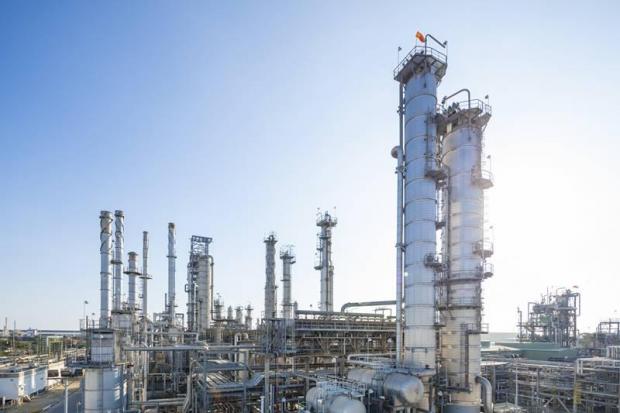Marine ammonia fuel systems, tanks, charters and vessel AiPs
In marine ammonia news to begin 2024, we explore a volume-efficient, “prismatic” ammonia fuel tank design, a new long-term charter for ammonia shipping in the Pacific region, and two global gas exporters ordering ammonia-capable carriers for their fleets.









